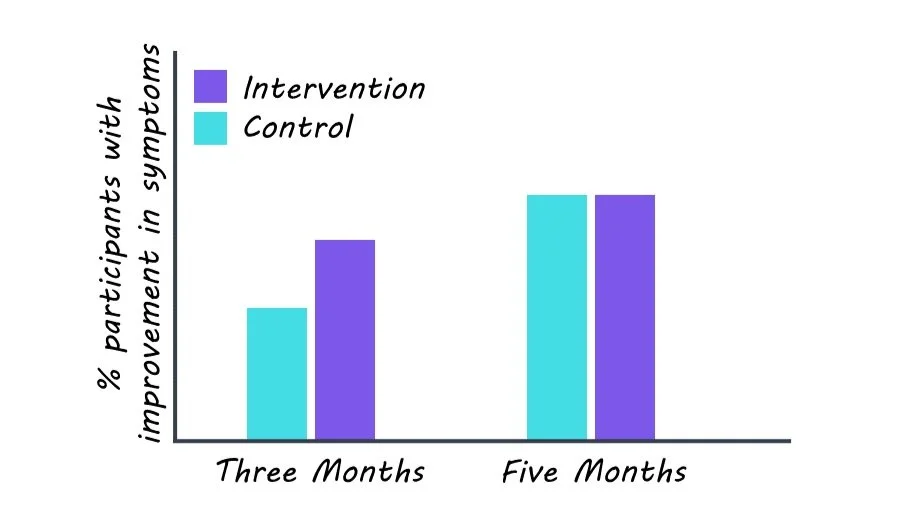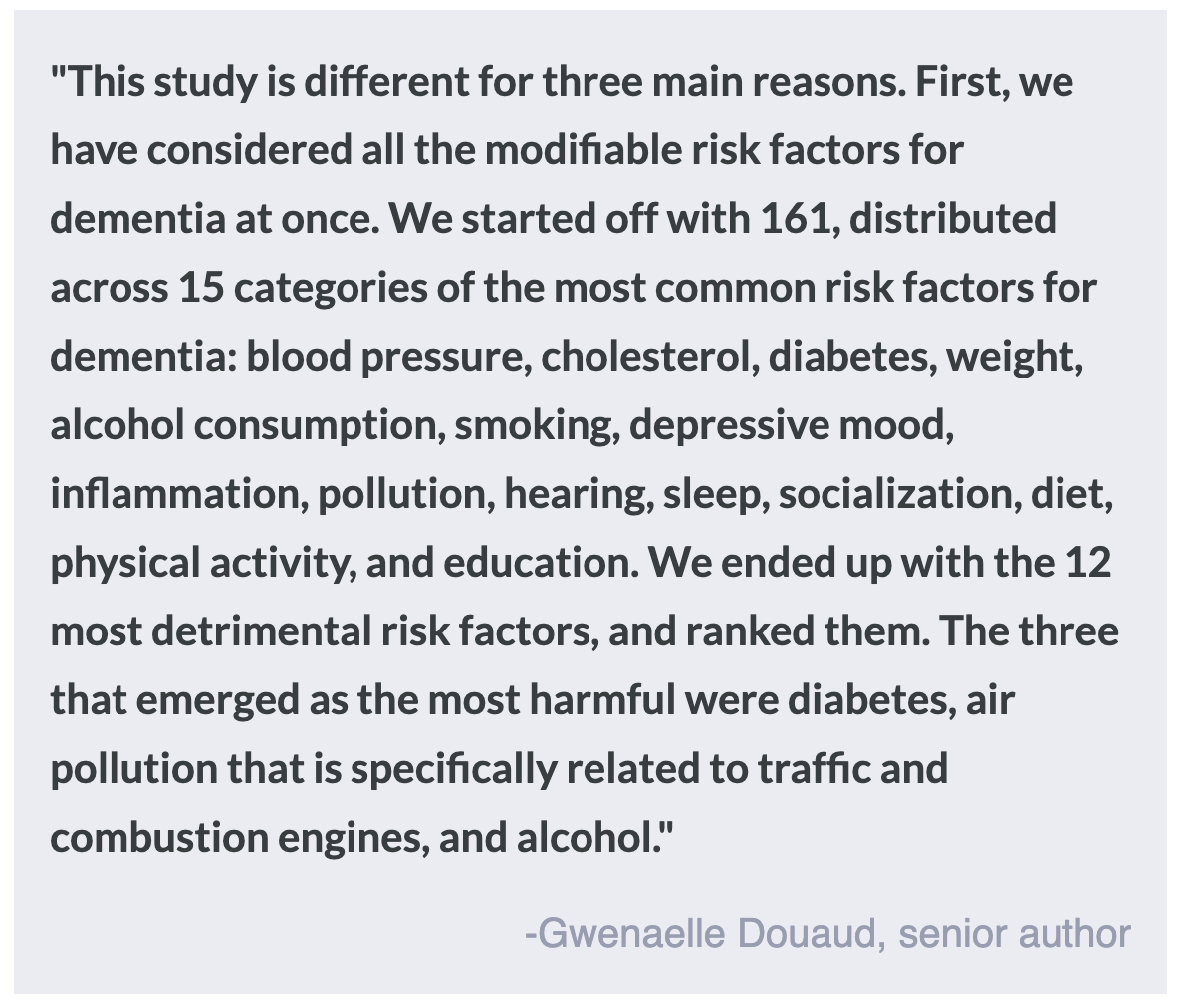Different Patterns of Gene Mutation in Neurons and Glia During Aging
Post by Lani Cupo
The takeaway
Neurons and glia show different patterns of gene mutations during the aging process in humans, suggesting different processes may underlie age-related genetic mutations in different cell types.
What's the science?
The underlying cellular and molecular mechanisms contributing to the process of typical aging (in the absence of disease) are still poorly understood. While aging-related genetic mutations in neurons have been investigated, glia, responsible for everything from providing brain structure to maintaining homeostasis, represent more than half of the cellular content of the brain and have yet to be examined for gene mutations in the aging process. This week in Cell, Ganz and colleagues present a characterization of mutations in neurons and oligodendrocytes (glia that produce myelin in the brain), finding different patterns of mutations between the two cell types.
How did they do it?
The authors extracted oligodendrocytes from the prefrontal cortex of 13 deceased individuals aged 0.4 - 83 years and accessed genome data from the neurons of 19 individuals (12 of whom overlapped with their oligodendrocyte donors). They used a method called single-cell whole-genome sequencing to identify the genetic code of these cells individually. Then, they used an algorithm to automatically identify two types of mutations in the genomes of the cells: single-cell whole-genome sequencing (sSNVs) and small insertions and deletions (indels). sSNVs occur when a single nucleotide is switched for another, and are acquired over the lifespan, rather than being inherited. Indels refer to insertions or deletions of nucleotides in the genome. With these data, the authors first estimated annual rates of accumulation of both sSNVs and indels. They also examined where in the genome the mutations occurred. Finally, they compared the patterns of mutations they observed with genomes from a database of tumor cells.
What did they find?
The authors found that oligodendrocytes exhibited higher rates of sSNV accumulation, but lower rates of indel accumulation compared to neurons. Deletions of nucleotide base pairs were more common than insertions in both cell types, but there were also differences in the kinds of deletions between the cell types. Oligodendrocytes mostly showed deletions of a single base pair whereas neurons showed deletions of 2-4 base pairs or 1 base pair insertion compared to the glial cells. At birth there was no significant difference between sSNVs or indels between cell types, suggesting that the changes were acquired over the lifespan and relevant to aging. The fact that profiles of mutations differed between cell types provided evidence that different mechanisms underlie aging between cell types.
The authors also found opposite patterns in the placement of mutations between cell types. Mutations in oligodendrocytes were found to be more prevalent in intergenic regions, or parts of the genetic code that are not transcribed into proteins. In contrast, mutations in neurons were found to be more prevalent in regions in genes - regions that are transcribed into proteins. As a result of the placement, mutations in neurons were also found to have more of a functional effect on the cell. When comparing the mutation profiles of oligodendrocytes and neurons to cells from tumors, the authors found that densities of sSNVs in oligodendrocytes correlated with those in all cancer types, but neuronal mutations did not correlate with mutations in cancer cells, suggesting the mechanism contributing to mutations in glia cells, but not neurons, may be related to tumor formation.
What's the impact?
For the first time, this study compares genetic mutations in oligodendrocytes and neurons throughout the typical aging process. They found differences in the type and placement of mutations between cell types, suggesting different mechanisms contribute to the mutations. In time this may help us identify the specific mechanisms underlying what goes wrong in aging and neurodegenerative diseases.




